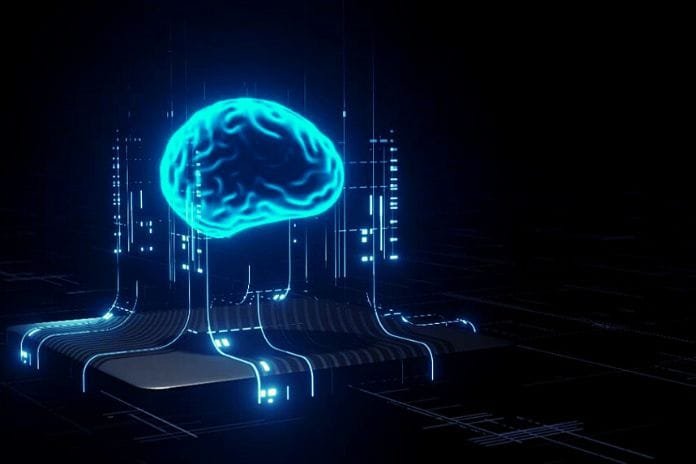
Do you know the applications of AI in education? Well, know that this trend has been consolidating with each passing day as a pedagogical tool to automate and improve student learning.
Despite being the subject of studies since the 1940s, AI gained more notoriety and began to participate more actively in the daily life of society from the 1990s onwards. For example, it is present in video games, industry 4.0, market intelligence platforms, home systems, and much more.
In this context, we will address the possible applications of artificial intelligence in education. In addition, we will also show how this technology is impacting student learning. Come with us!
How Does Artificial Intelligence Work In Education?
A Brief Explanation Of Artificial Intelligence
Before we get into the topic of our article, it is important to underline in general terms what artificial intelligence is and how this technology works.
AI is an area of computer science in which machines can simulate some inherent human abilities, such as:
- logical reasoning;
- the assimilation of patterns in external phenomena;
- decision making;
- and the ability to solve problems.
All of this is possible through an algorithmic process of machine learning. In a simplified way, the system can interpret a specific volume of seized data, detect patterns and, finally, offer expected answers according to what was analyzed.
Amazon’s Alexa device is a practical example of how AI and machine learning come together. The device, for example, can be trained to turn off the lights in your apartment when it hears the following command: “Alexa, turn off the light.” This way, the software can automatically interpret the data received and thus perform a task intelligently.
Artificial Intelligence In Education
In education, AI can be implemented in several ways. There are already companies focused on education that provide a teacher 24 hours a day to teach or answer students’ questions.
This is one of the examples of artificial intelligence in education capable of answering questions and offering personalized and quality education for the student.
In this case, the computer is instructed through standardized algorithmic processes to pass information to the student according to specific demands and requests.
In addition to this, there are other examples of artificial intelligence in education, for example:
- generation of insights to improve the routine of teachers;
- indication of personalized content according to the student’s needs;
- among others.
Benefits Of Artificial Intelligence In Education
We separate three tangible benefits of artificial intelligence in education. Let’s go to them!
Understand Student Needs
Implementing artificial intelligence in schools is increasingly common, especially as a learning tool for children. This way, it is possible to map students’ needs, difficulties, and propensities from a very young age.
With this information collected, technology can offer feedback that guides teachers to explore the potential of each student in the best possible way. For example, you can identify:
- what attracts the student;
- what are your main learning difficulties;
- which subjects are more challenging;
- at which time the student tends to perform more;
- among other possibilities.
Increase Engagement In Learning
Once the student’s needs are understood, it is possible to find ways to increase their engagement and motivation to study. To illustrate this phenomenon, let’s talk a little about the practice of gamification and how it can be coordinated with AI.
This concept brings elements of the games area as a didactic tool to improve student engagement in learning and make them more active. The idea is to overcome outdated methodologies in which the student is just a passive entity receiving the content.
- The video below shows the impact of artificial intelligence in early childhood education from the gamification associated with the teaching of robotics:
The Use Of Artificial Intelligence In Education
The objective, therefore, is to make them actively participate in favor of learning through practices that value cooperation, rewards, and overcoming.
In this way, so that the student does not feel frustrated with challenges beyond his capacity, artificial intelligence can be a great ally because it can assess the level of each student to develop gamified methodologies according to their needs and expectations.
Performance Analysis
Finally, implementing artificial intelligence in schools is fundamental to measuring performance. After all, more than offering the most assertive and personalized feedback to each student, it is essential to assess whether the methodologies are working and whether the student is achieving the desired results.
In addition, it is also possible to measure whether external factors may hamper the assimilation of content, such as teachers’ performance and domestic trauma, among other possibilities.
Artificial Intelligence And Its Relevance Today
The arrival of artificial intelligence in education is just one of the ramifications of this technology in our daily lives. After all, it is remarkable how AI is present in every branch of the most diverse: from finance to marketing.
Therefore, learning more about the practice is synonymous with a better understanding of how the world around us works.
Also Read: AI: Learn How To Apply It In Your Business
